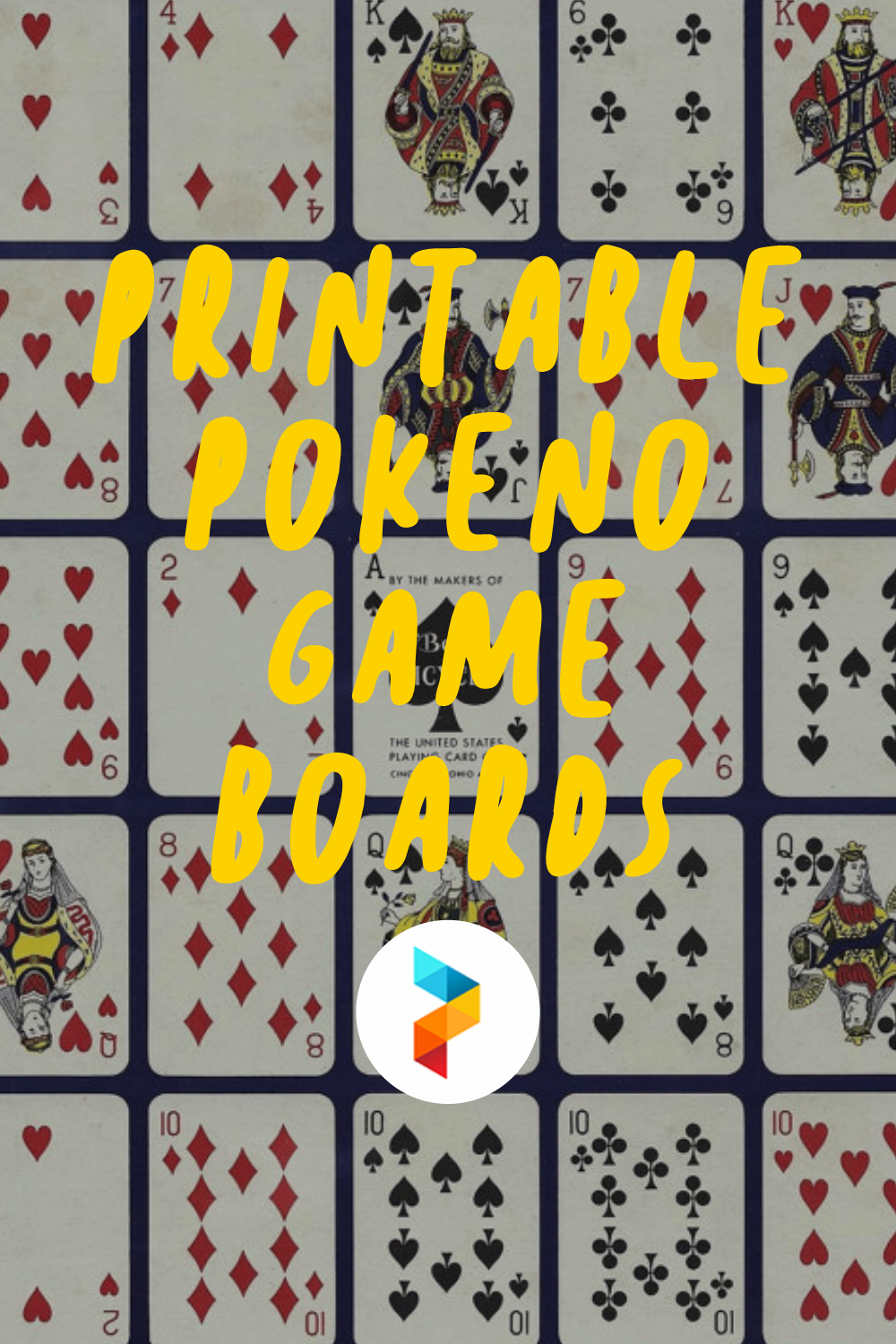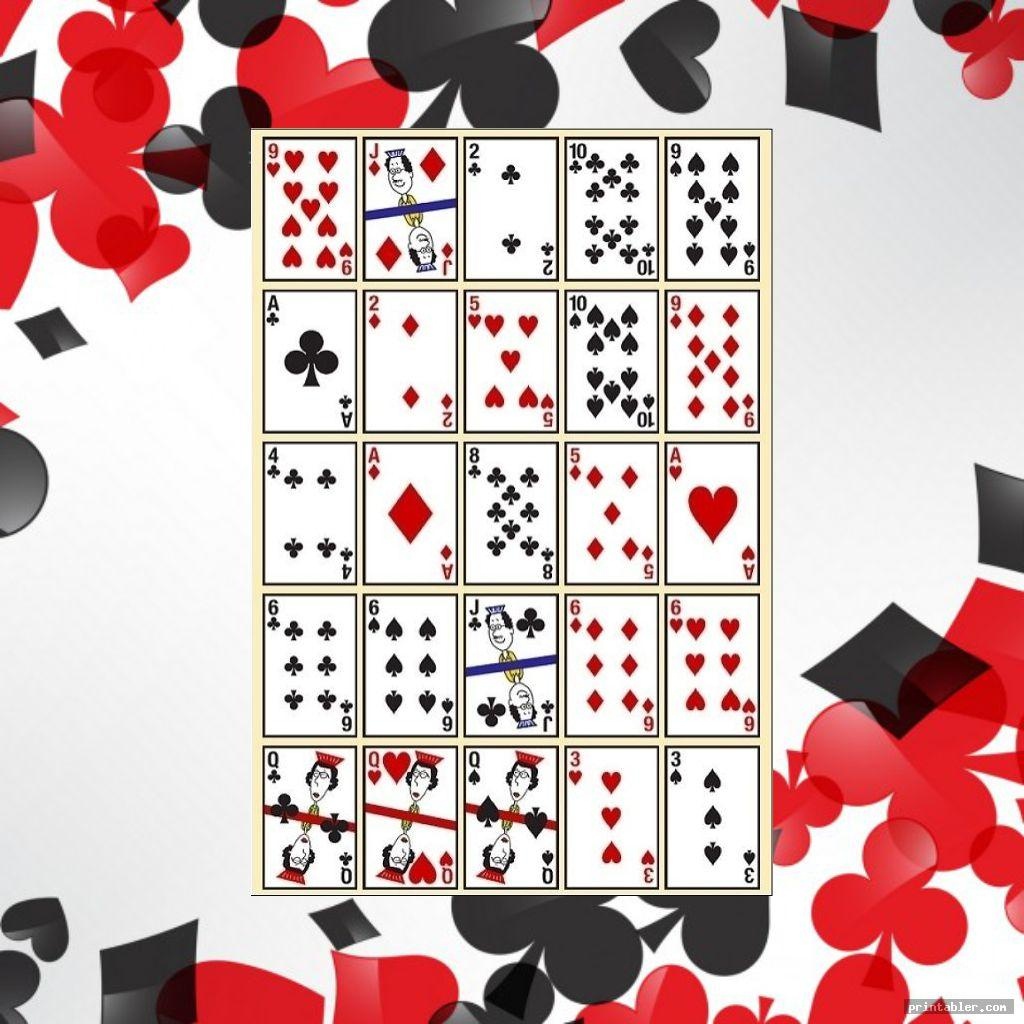The modern way to enjoy POKENO
- Pokeno Games online, free
- Pokeno Game Cards
- Pokeno Game Card
- Pokeno Game online, free
- Pokeno Game Download
Pokeno Game Sets. 1 - 40 1 to 40 of 1,000+ products. Refine by Top Brands. Left hand navigation Skip to Search Results. Feb 22, 2020 Po-Ke-No is a game in which players play for money. In order to be organized and have the game run smoothly it is necessary to label these containers, also known as pots. It is possible to play the game without these containers but it is not recommended.
or play BINGO with playing cards!
Pokeno Games online, free
POKENO PLUS instructions
The POKENO PLUS main screen is clear and uncluttered. Card representations on the flashboard are maximized for easy viewing.
As cards are called during a game, the Pokeno Plus main screen reveals all called cards on the flashboard. A large representation of the last card called appears at the right side of the screen. The number of cards that have been called is also reflected.
POKENO PLUS main screen
The program controls are inconspicuously grouped under the main display. While a game is running, unnecessary controls are hidden from view to reduce screen clutter.
POKENO PLUS controls
To make the software look proprietary, you can add your own corporate logo to the top left corner of the main screen by modifying the C:Pokeno PlusImagescorplogo.jpg file. (The file dimensions must be maintained.) Double-clicking on that logo gives access to the Utility Switchboard, the control center for setting up the software to best suit your organization's needs.


POKENO PLUS Software Highlights Presentation
The main features of the POKENO PLUS software are outlined in this short video presentation which includes a short clip of the software in use.
(Note: This is the previous version. Minor screen improvements and new functionality is not described.)
(Expand the video full screen for best viewing. Pause the video to read or inspect screens with greater detail.)
BUY POKENO PLUS !
$69.95 USD
Please do not hesitate to contact Bingo Rose
if you need any further information about the use of our products.
We are committed to providing the best customer service possible.
Print 2 pages of Pokeno Bingo Cards for free. Download a PDF with 2 free pages of bingo cards plus instructions and a randomized call sheet. Customize the events, add your own free space, change the BINGO header, or add a fun checkerboard, etc.
Using a browser, play with 2 pages of Pokeno for free. You host a game and invite a guest via a link. If you enjoy the game, purchase more randomly generated pages below and invite all of your family, friends, coworkers!
Purchased packs are electronically delivered and contain either 10, 25, 50 or 100 randomly generated bingo cards of the 2 page free sample on this page. You may print these packs over and over again forever.


Pokeno Game Cards
Host Instructions:
- Decide when to start and select your goal(s)
- Designate a judge to announce events randomly or as they happen
- Cross off events from the list when announced
- First to get any line (up, down, left, right, diagonally)
- First to get the four corners
- First to get two diagonal lines through the middle (an 'X')
- First to get all squares
- Check off events on your card as they occur
- If you complete a goal, shout 'Bingo!'. You've won!
- The judge decides in the case of disputes
| Pokeno | ||||
| 5♥️ | K♦️ | 9♠️ | 8♥️ | 3♦️ |
| Q♠️ | 6♠️ | 9♣️ | 10♥️ | Q♥️ |
| 9♦️ | 7♦️ | 4♦️ | 2♥️ | 7♣️ |
| J♠️ | Q♣️ | 2♣️ | 6♣️ | 8♦️ |
| Q♦️ | 4♠️ | 10♣️ | 5♣️ | 7♠️ |
Host Instructions:
- Decide when to start and select your goal(s)
- Designate a judge to announce events randomly or as they happen
- Cross off events from the list when announced
- First to get any line (up, down, left, right, diagonally)
- First to get the four corners
- First to get two diagonal lines through the middle (an 'X')
- First to get all squares
- Check off events on your card as they occur
- If you complete a goal, shout 'Bingo!'. You've won!
- The judge decides in the case of disputes
| Pokeno | ||||
| A♦️ | 6♠️ | A♠️ | 9♥️ | 4♥️ |
| 5♥️ | J♣️ | 5♦️ | 7♦️ | K♦️ |
| 10♥️ | 4♣️ | 2♣️ | 8♥️ | 7♣️ |
| Q♥️ | J♦️ | 3♥️ | 2♦️ | 8♦️ |
| 9♠️ | A♥️ | 10♠️ | K♥️ | 5♠️ |
Pokeno Game Card
Host Instructions:
- Decide when to start and select your goal(s)
- Designate a judge to announce events randomly or as they happen
- Cross off events from the list when announced
Pokeno Game online, free
Goals:- First to get any line (up, down, left, right, diagonally)
- First to get the four corners
- First to get two diagonal lines through the middle (an 'X')
- First to get all squares
- Check off events on your card as they occur
- If you complete a goal, shout 'Bingo!'. You've won!
- The judge decides in the case of disputes